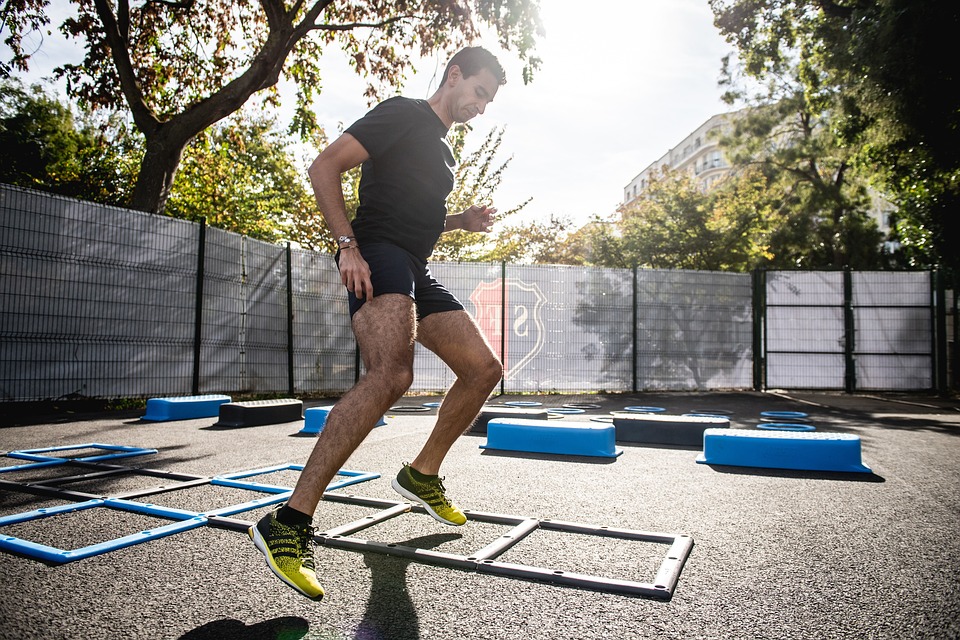The Ultimate Guide to Deadlifts: Mastering the King of Strength Exercises
The deadlift is often referred to as the "king of strength exercises" for good reason. It’s a compound exercise that works multiple muscle groups simultaneously, including the legs, back, glutes, and core. When performed correctly, deadlifts can help you build incredible strength, power, and muscle mass. However, they can also be intimidating and even dangerous if not done properly. In this article, we’ll provide a comprehensive guide to mastering the deadlift, including proper form, technique, and training tips.
Why Deadlifts are Important
Deadlifts are an essential exercise for building overall strength and muscle mass. They work multiple muscle groups, including:
- Latissimus dorsi (lats)
- Trapezius (traps)
- Rhomboids
- Erector spinae
- Gluteus maximus
- Hamstrings
- Quads
- Core muscles (abs and obliques)
Deadlifts also improve:
- Power and explosiveness
- Functional strength (ability to lift and move heavy objects)
- Posture and overall athletic performance
Proper Form and Technique
To perform a deadlift safely and effectively, follow these steps:
- Stance: Stand with your feet shoulder-width apart, toes pointed straight ahead or slightly outward.
- Grip: Hold the barbell with an overhand grip, hands shoulder-width apart. Your hands should be positioned slightly wider than shoulder-width apart.
- Lift: Keeping your back straight and core engaged, lift the barbell off the ground by hinging at the hips and knees. Keep the barbell close to your shins.
- Pull: As you lift the barbell, pull it up towards your hips, squeezing your lats and glutes.
- Stand: Stand up straight, keeping the barbell close to your body.
- Lower: Slowly lower the barbell back down to the ground, keeping control throughout the entire range of motion.
Common Mistakes to Avoid
To avoid injury and ensure proper form, avoid the following common mistakes:
- Rounding your back: Keep your back straight and core engaged throughout the entire exercise.
- Lifting with your back: Use your legs and hips to lift the weight, not just your back.
- Letting the weight swing: Keep the barbell close to your body and avoid letting it swing or bounce.
- Not engaging your core: Keep your core muscles engaged to maintain proper form and stability.
Training Tips and Variations
To get the most out of your deadlifts, try the following training tips and variations:
- Start with lighter weights: Begin with a weight that allows you to maintain proper form and gradually increase the weight as you build strength.
- Use different grip widths: Experiment with different grip widths to find what works best for you.
- Try different stances: Experiment with different stances, such as a sumo stance or a conventional stance.
- Incorporate pauses: Pause for a brief moment at the top of the lift to increase time under tension and build strength.
- Use bands or chains: Use resistance bands or chains to increase the difficulty of the exercise and target different muscle groups.
Conclusion
The deadlift is a powerful exercise that can help you build incredible strength, power, and muscle mass. By following proper form and technique, avoiding common mistakes, and incorporating training tips and variations, you can master the deadlift and take your fitness to the next level. Remember to always prioritize safety and proper form, and don’t be afraid to start with lighter weights and gradually increase the difficulty as you build strength. With consistent practice and dedication, you’ll be lifting like a pro in no time.




GIPHY App Key not set. Please check settings